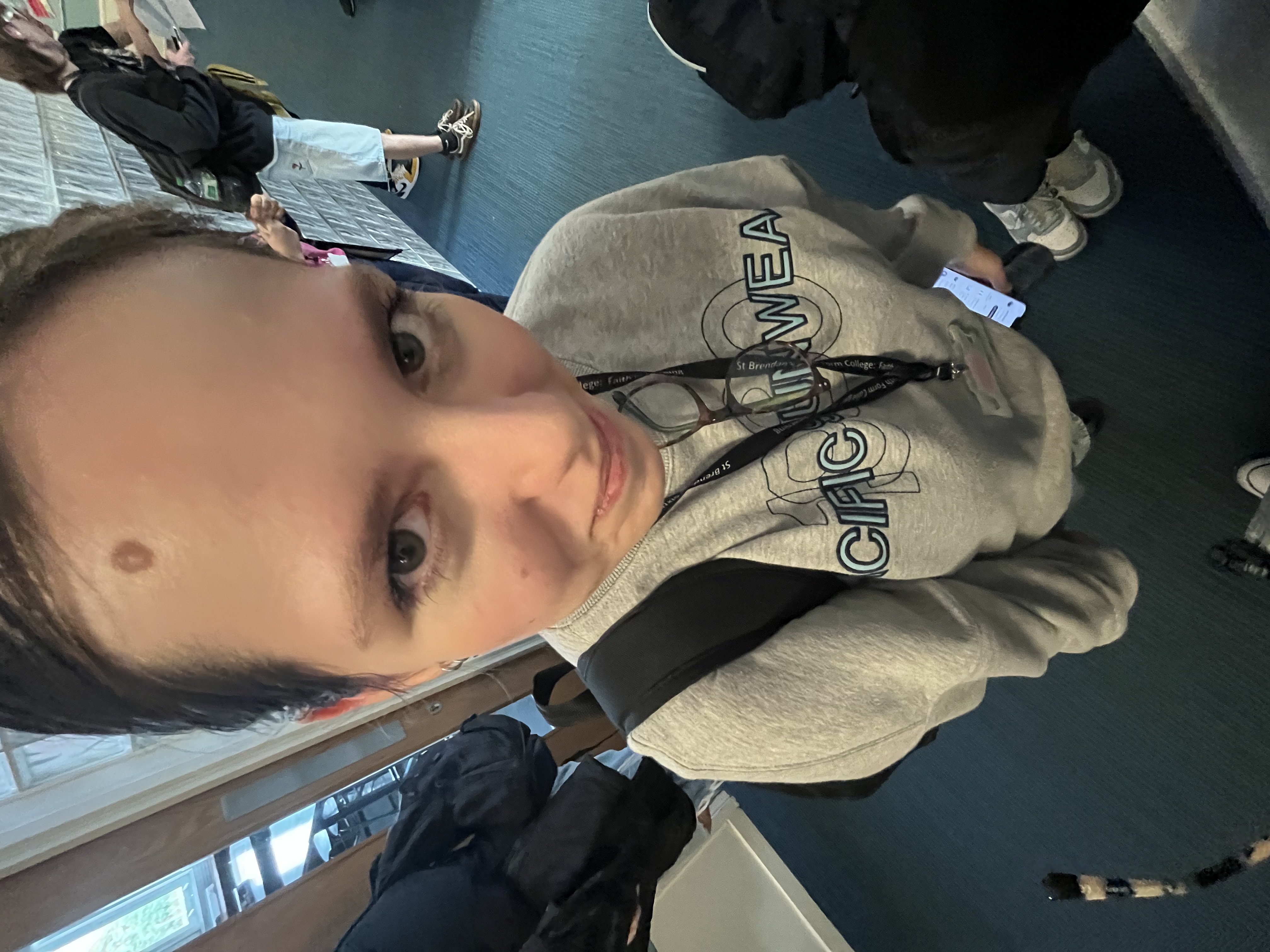Excretion
Cards (63)
- What is excretion?
- Why is excretion important for homeostasis?
- What does the liver break down amino acids into?
- What process involves the conversion of ammonia into urea?
- What is one function of the liver?
- How does the liver detoxify the blood?
- What does the liver store?
- What is the role of bile produced by the liver?
- What is the first step in the ornithine cycle?
- What happens to organic acids after deamination?
- Why is ammonia converted into urea?
- Where is urea released after being formed in the liver?
- What is the function of the hepatic artery?
- What does the hepatic vein do?
- What is the role of the hepatic portal vein?
- What are liver lobules made up of?
- What are sinusoids in the liver?
- What do Kupffer cells do?
- What are the two parts of the kidney?
- How does blood flow to the kidneys?
- What are the structures that filter blood in the kidneys called?
- What substances do kidneys remove from the blood?
- What are the two processes involved in the removal of substances from the bloodstream?
- What surrounds the glomerulus?
- Why is blood pressure high in the glomerulus?
- What is glomerular filtrate?
- What layers do small molecules pass through to enter the Bowman’s capsule?
- Where does selective reabsorption primarily occur?
- How is glucose reabsorbed in the PCT?
- What feature of the PCT epithelium aids reabsorption?
- How is water reabsorbed in the nephron?
- What does the remaining filtrate become after reabsorption?
- What additional substances may be found in urine?
- Where does water reabsorption regulation primarily occur?
- What hormone regulates water reabsorption in the kidneys?
- How does ADH affect the collecting duct?
- What triggers the release of ADH?
- What is the role of osmoreceptors in the hypothalamus?
- What happens when ADH is secreted?
- What is kidney failure?
